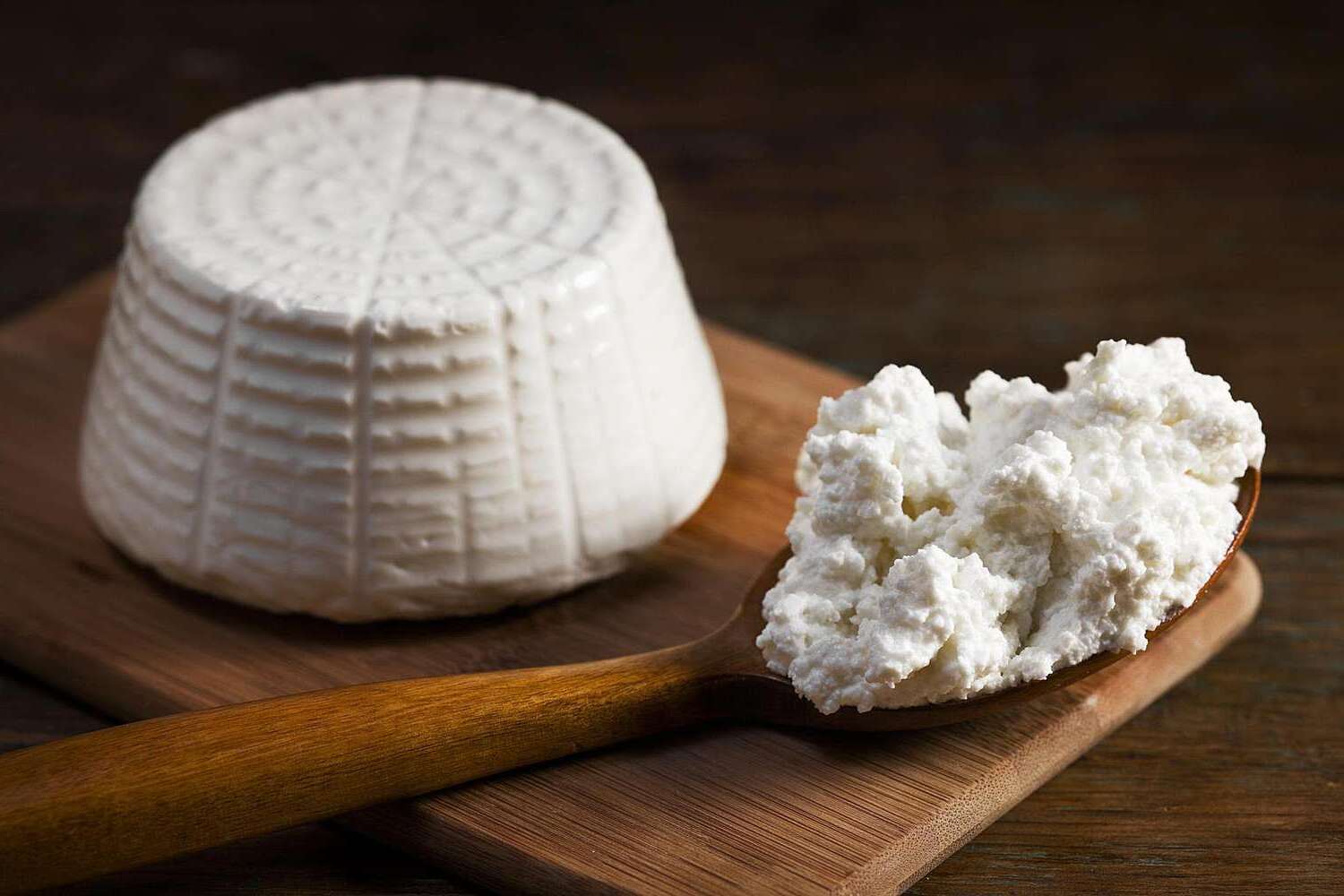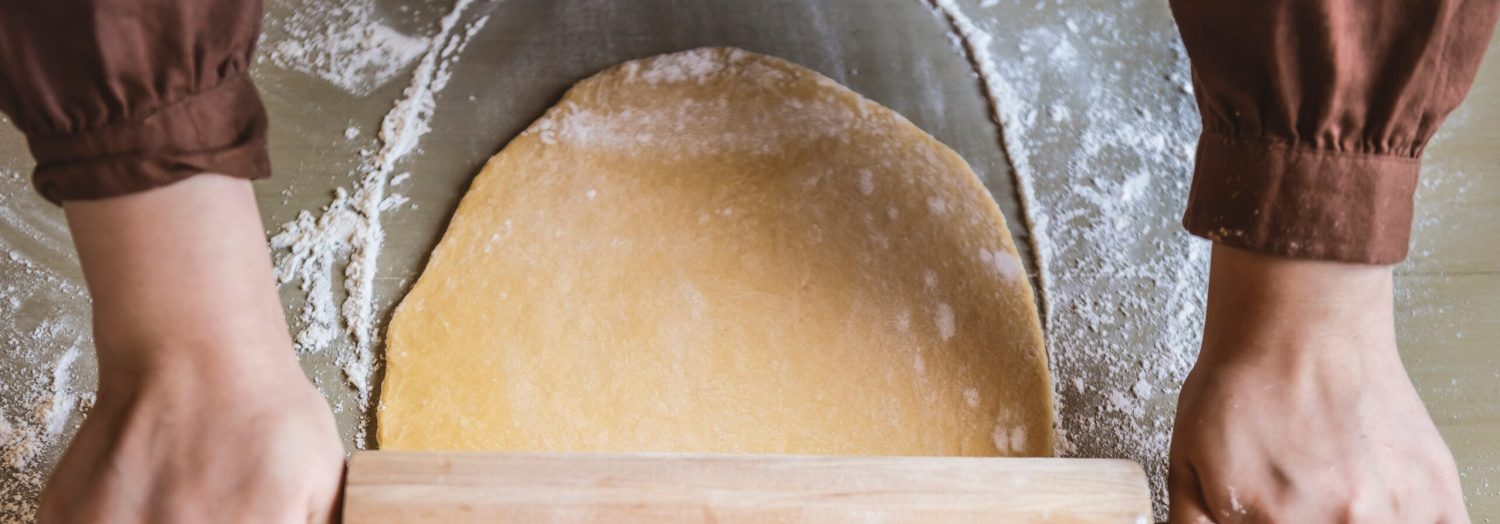Creating your own ricotta cheese at home is a rewarding and simple process that results in a fresh, creamy product far superior to most store-bought versions. With just a few basic ingredients and a little patience, you can enjoy this versatile cheese in a variety of dishes, from pasta to desserts. The process is straightforward and requires minimal equipment, making it accessible even for those new to cheese-making.
While most of the ingredients for this ricotta cheese recipe are common kitchen staples, you might need to purchase heavy cream if it's not a regular item in your fridge. Additionally, ensure you have fresh lemon juice, as it plays a crucial role in curdling the milk. If you don't have cheesecloth at home, you can find it in the kitchenware section of most supermarkets.

Ingredients For Ricotta Cheese Recipe
Whole milk: The base of the cheese, providing richness and creaminess.
Heavy cream: Adds extra creaminess and richness to the ricotta.
Salt: Enhances the flavor of the cheese.
Lemon juice: Acts as an acid to curdle the milk, separating the curds from the whey.
Technique Tip for This Recipe
When making ricotta, the quality of your milk and cream is crucial. Opt for fresh, high-quality whole milk and heavy cream to ensure a rich and creamy texture. Additionally, when heating the mixture, use a gentle hand and stir occasionally to prevent scorching. If you prefer a tangier flavor, consider experimenting with different types of acid like vinegar or citric acid instead of lemon juice. Adjust the draining time to achieve your desired consistency, keeping in mind that a shorter drain results in a creamier ricotta, while a longer drain yields a firmer texture.
Suggested Side Dishes
Alternative Ingredients
Whole milk - Substitute with 2% milk: If you prefer a lighter version, 2% milk can be used, though the final texture may be slightly less creamy.
Whole milk - Substitute with goat milk: This will give the ricotta cheese a unique tangy flavor, which can be a delightful twist.
Heavy cream - Substitute with half-and-half: This will reduce the fat content while still providing some creaminess, though the texture might be a bit less rich.
Heavy cream - Substitute with coconut cream: For a dairy-free alternative, coconut cream can be used, adding a subtle coconut flavor to the ricotta cheese.
Salt - Substitute with sea salt: Sea salt can be used for a slightly different mineral content and flavor profile.
Salt - Substitute with kosher salt: This is a common substitute that will provide a similar level of saltiness.
Lemon juice - Substitute with white vinegar: White vinegar can be used to curdle the milk, though it will impart a slightly different taste.
Lemon juice - Substitute with apple cider vinegar: This will also curdle the milk and add a mild fruity flavor to the ricotta cheese.
Alternative Recipes to Try
How to Store or Freeze This Dish
To keep your homemade ricotta cheese fresh and delightful, store it in an airtight container. This prevents any unwanted flavors from mingling with your creamy creation.
Place the container in the coldest part of your refrigerator, typically the back, where the temperature is most consistent. This ensures your ricotta maintains its texture and taste.
Use your ricotta cheese within 2 days for optimal freshness. The delicate flavors and creamy texture are at their peak during this time.
If you wish to extend the life of your ricotta, freezing is an option. However, be aware that freezing may alter its creamy texture, making it slightly grainy upon thawing.
To freeze, spoon the ricotta cheese into a freezer-safe container, leaving some space at the top for expansion. Seal it tightly to prevent freezer burn.
Label the container with the date of freezing. This helps you keep track of its freshness and ensures you use it within 2 months for the best quality.
When you're ready to use your frozen ricotta, transfer it to the refrigerator to thaw slowly. This gradual thawing helps preserve its flavor and texture as much as possible.
Once thawed, give it a gentle stir to reincorporate any separated liquid. Use it in cooked dishes like lasagna or stuffed shells where the texture change will be less noticeable.
Avoid refreezing ricotta cheese once it has been thawed, as this can further degrade its quality.
How to Reheat Leftovers
Gently warm the ricotta cheese in a saucepan over low heat. Stir occasionally to ensure even heating and prevent sticking. Add a splash of milk or cream to restore its creamy texture if it appears too thick.
Use a double boiler to reheat the ricotta cheese. Place the cheese in a heatproof bowl over a pot of simmering water. Stir gently until warmed through, which helps maintain its delicate texture.
For a quick method, microwave the ricotta cheese on a low setting. Place it in a microwave-safe dish, cover with a damp paper towel, and heat in short intervals, stirring in between to ensure even warming.
Incorporate the ricotta cheese into a hot dish, such as pasta or soup. The residual heat from the dish will gently warm the cheese without the need for direct reheating.
Spread the ricotta cheese on a slice of bread or baguette and toast it in the oven at a low temperature. This method not only warms the cheese but also adds a delightful crispness to the bread.
Essential Tools for This Recipe
Large pot: Used to heat the milk, cream, and salt mixture to the desired temperature.
Thermometer: Essential for accurately measuring the temperature of the milk mixture to ensure it reaches 190°F (88°C).
Wooden spoon: Handy for stirring the milk mixture gently as it heats.
Cheesecloth: A fine cloth used to line the strainer, allowing the whey to drain while retaining the ricotta curds.
Strainer: Placed over a bowl, it holds the cheesecloth and allows the whey to drain away from the curds.
Large bowl: Positioned under the strainer to catch the whey as it drains from the ricotta.
Measuring cups: Used to accurately measure the milk, cream, and lemon juice.
Measuring spoons: Used to measure the salt and lemon juice precisely.
Ladle: Useful for transferring the curds into the strainer if pouring directly is difficult.
Storage container: Used to store the ricotta in the refrigerator if not used immediately.
How to Save Time on This Recipe
Gather ingredients in advance: Measure and prepare all ingredients like whole milk, heavy cream, and lemon juice before starting to streamline the process.
Use a thermometer: A kitchen thermometer ensures you reach the precise temperature of 190°F quickly, avoiding guesswork and saving time.
Pre-cut cheesecloth: Have your cheesecloth ready and cut to size before you begin, so you can easily line the strainer without delay.
Simultaneous tasks: While the ricotta drains, clean up your workspace or prepare other parts of your meal to maximize efficiency.

Ricotta Cheese Recipe
Ingredients
Main Ingredients
- 8 cups whole milk
- 1 cup heavy cream
- 1 teaspoon salt
- 3 tablespoon lemon juice
Instructions
- 1. In a large pot, combine the milk, cream, and salt. Heat the mixture over medium heat until it reaches 190°F (88°C), stirring occasionally.
- 2. Remove the pot from the heat and add the lemon juice. Stir gently and let the mixture sit for 5 minutes. The curds will separate from the whey.
- 3. Line a strainer with cheesecloth and place it over a large bowl. Pour the mixture into the strainer and let it drain for about 20 minutes. For a creamier texture, let it drain for a shorter time; for a firmer texture, let it drain longer.
- 4. Transfer the ricotta to a bowl and use immediately or store in the refrigerator for up to 2 days.
Nutritional Value
Keywords
Suggested Main Courses and Desserts
More Amazing Recipes to Try 🙂
- Garlic Shrimp Pasta30 Minutes
- Quinoa Stuffed Bell Peppers45 Minutes
- Watermelon Feta Salad15 Minutes
- Pizza Sauce Recipe30 Minutes
- Southern Coleslaw Recipe15 Minutes
- Garlic Sauce Recipe15 Minutes
- Swedish Meatball Sauce Recipe25 Minutes
- Taco Sauce Recipe15 Minutes


Leave a Reply